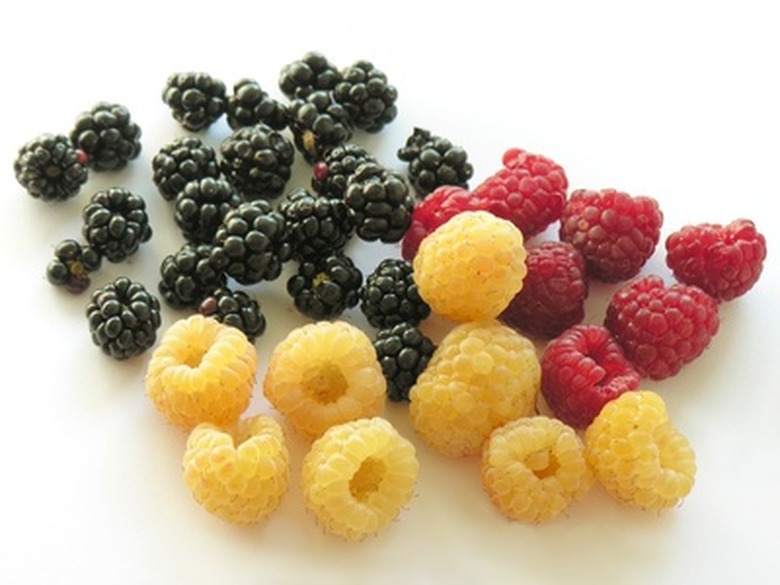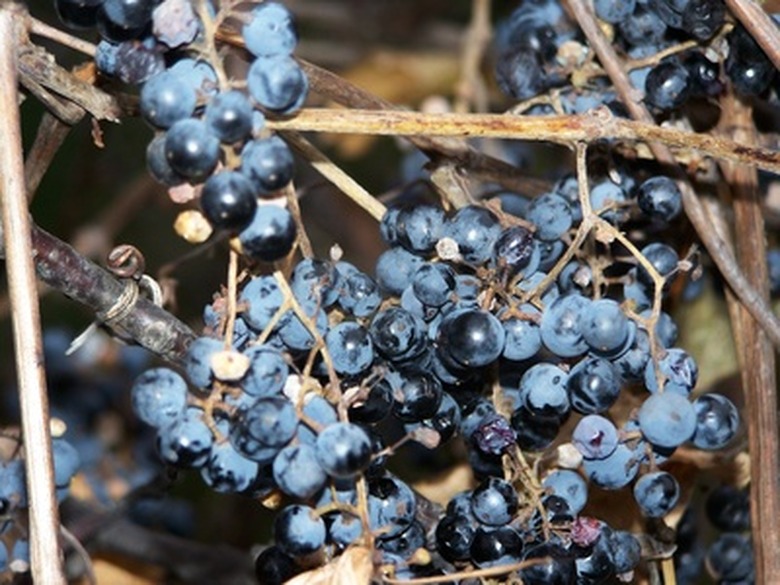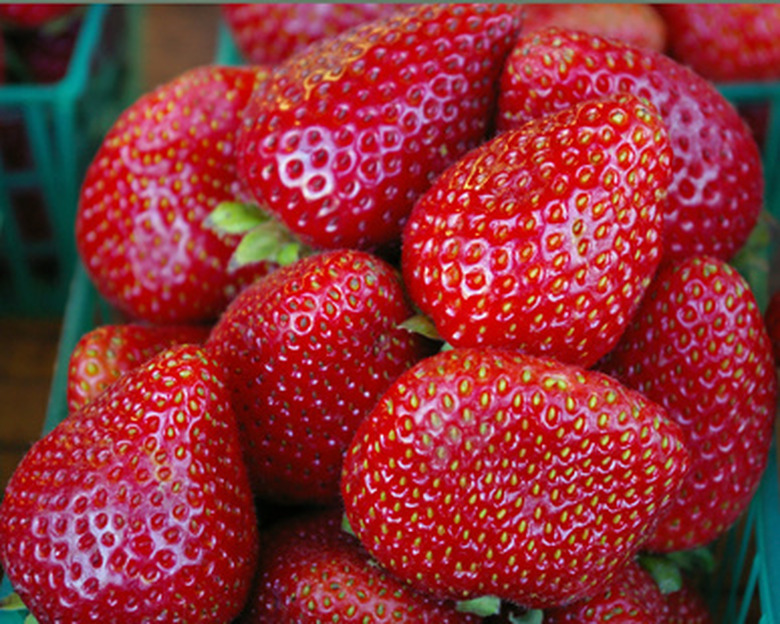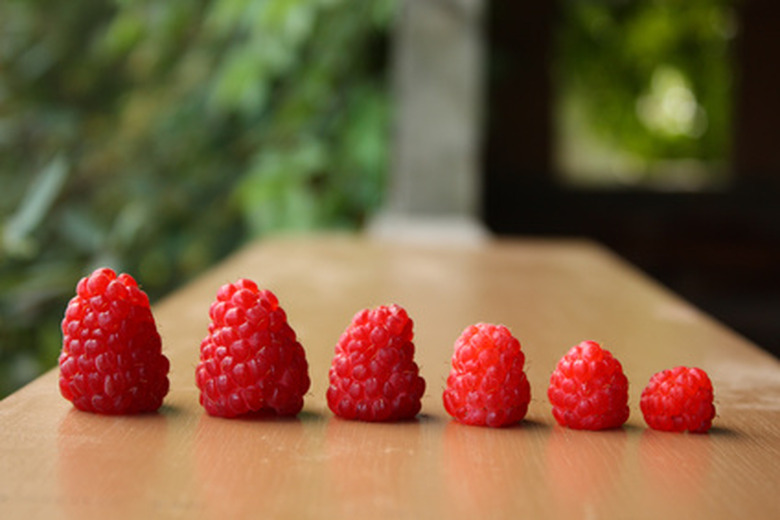How To Identify Berry Vines
Berry vines come in many different varieties, from well-known raspberry vines to more rare silverberries. Since most vines look similar, it's important to recognize the small differences in berries, leaves and vine growth to tell them apart. In addition, having a regional guidebook on hand will make it easier.
Step 1
Apple berries, which are reddish brown and about 1 inch long, are evergreen and have a thick, base-like a shrub that sprawls outward. The foliage is between light and dull green with small yellow trumpet flowers and long narrow leaves. The berry is edible.
Step 2
Boysenberry vines, which resemble cane vines more than a sprawling shrub, feature dark purple to indigo berries. The leaves are smooth and fat with a textured underside, and the berry is edible.
- Berry vines come in many different varieties, from well-known raspberry vines to more rare silverberries.
- Boysenberry vines, which resemble cane vines more than a sprawling shrub, feature dark purple to indigo berries.
Step 3
Strawberries grow on the ground on a small shrub, quickly growing outward and climbing onto objects. The light green vines have large heart-shaped flowers and red heart-shaped fruit with tiny edible seeds. Small white flowers with a yellow center flourish on this vine before fruit forms.
Step 4
Raspberry plants feature light pink to dark purple edible berries and thrive from late spring to fall. The vines are woody, thick, brittle and covered in thorns.
Step 5
You may be able to smell the golden currant berry vine before you see it. This vine is aromatic, with long gold blossoms and thick woody vines. The deciduous foliage often covers up the berries, so you may have to push the vines aside to see them. The shrub grows to between five and six feet tall, then sprawls outward into vines.
- Strawberries grow on the ground on a small shrub, quickly growing outward and climbing onto objects.
- Small white flowers with a yellow center flourish on this vine before fruit forms.
Step 6
The rare silverberry shrub grows out into vines, with small white flowers and red berries. The vines thrive from late summer to early spring.
Identify Thorny Vines
Vines make for an interesting addition to a garden. In addition to filling previously empty vertical space, vines can be used to add foliage to the scenery. Evaluate the location of the vine. Examine how the vine climbs. However, some throny vines will also climb using another method. For example, Cat's Claw is a twining, thorny vine that will wrap itself around a structure. Some thorny vines flower at certain times of years or produce berries. Watch the foliage as the season changes. Some vines are deciduous and others are evergreen. Use your accumulated information to determine the variety of vine you have. If you cannot do so on your own, consult with a local nursery or your area's cooperative extension to determine what type of vine it is.
- The rare silverberry shrub grows out into vines, with small white flowers and red berries.
- Watch the foliage as the season changes.
Things Needed
- Regional guidebook
- Gardening gloves



